The one sure thing with a family is that your financial circumstances are always changing.
Reviewing your position with your accountant in the last weeks of the tax year will mean the full use of bands and allowances.
Here we give an overview of considerations for married couples and civil partners, children, grandparents, and those with a family business.
Married couples and civil partners
The incomes of married couples and civil partners are taxed separately with each spouse or partner having their own personal allowance.
> In addition, married couple’s allowance is available if one party was born before 6 April 1935.
> There is also what is called the ‘marriage allowance’, a transferable allowance that potentially makes £1,260 of the personal allowance of one party available to the other in certain circumstances. The donor’s income must normally be below the personal allowance for this to be beneficial.
Different tax bands?
Where each party is in a different tax band, making sure that income is distributed appropriately is key.
> Optimally, the personal allowance of the lower income spouse should be used in full, and full advantage taken of access to lower tax bands.
> It may be beneficial to transfer income-producing assets, such as property, stocks and shares, or even bank accounts to do this. It is always important to make sure that any transfer is an outright gift, and that the donor no longer exerts control over, or derives any benefit from it. Evidence of such transfer is also required.
Please do talk to us prior to any action, to make sure that arrangements are effective and do not inadvertently fall the wrong side of any anti-avoidance legislation.
Children and tax allowances
Children are treated independently for tax purposes. They have their own personal allowance, annual capital gains tax (CGT) exemption and their own basic rate tax band and savings band.
Who should help?
From a tax point of view, it is usually more efficient for grandparents, rather than parents, to provide funds for investment for under-age children.
Involve family in the business
For family companies and unincorporated businesses alike, involving family members and remunerating them appropriately is usually very beneficial. This can be a good way to multiply the opportunities to extract profits before hitting higher rates of tax, or where a spouse or child is unlikely to use their personal allowance, for example.
> But involvement must be a practical and commercial reality, and you must be able to evidence that family members genuinely work in the business.
> Remuneration must be incurred wholly and exclusively for the purpose of the trade, and could be challenged if considered excessive by HMRC.
Pension planning in family companies
Pension contributions remain a highly efficient way for director-shareholders to extract profits.
> Pension contributions are deductible expenses for corporation tax purposes, so long as they are wholly and exclusively for the purposes of the trade, and where a spouse is employed by the company, the company can also make reasonable contributions on their behalf.
> So long as the remuneration package is justifiable, the company should be able to claim tax relief for these.
Changes to the Capital Gains Tax (CGT) rules for separating couples
Transfers of assets between spouses can usually be made on a no gain/no loss basis for CGT purposes.
But where spouses are in the process of separating, the rules are different. Until recently, the window in which such transfers could be made lasted only until the end of the tax year of separation. After that, transfers were treated as normal disposals for CGT purposes.
> This has changed, so that for transfers on or after 6 April 2023, there are now up to three years after the tax year in which spouses cease to live together to make no gain/no loss transfers; and unlimited time if the assets are the subject of a formal divorce agreement.
> There are also special rules covering the position where someone has a financial interest in the former family home after separation, that apply when the home is sold.
What’s the High Income Child Benefit Charge?
The High Income Child Benefit Charge (HICBC) is still something many people are unaware of. It applies where one of a couple gets Child Benefit, and either one or both partners has adjusted net income in excess of £50,000.
> Partner for these purposes includes someone you live with as if you were married, as well as spouse or civil partner.
> If both parties are over the income threshold, the charge is the responsibility of the higher earner.
The charge claws back Child Benefit at a rate of 1% for every £100 of income between £50,000 and £60,000. By the time income is £60,000, Child Benefit is withdrawn in full.
The government has said it intends to change the way that HICBC is administered and collected, so that those liable to pay can do so through their PAYE tax code.
> At present, however, taxpayers need to register for self assessment, and it’s the taxpayer who is expected to be proactive, and notify HMRC of their liability to pay the charge.
> There is an obligation to notify once adjusted net income is more than £50,000. In some cases, HMRC may make contact or send a nudge letter if it thinks someone is due to pay, but this does not happen automatically.
Contact
We are here to help. Please get in touch if you would like to discuss some of these points in person ahead of the new tax year.
